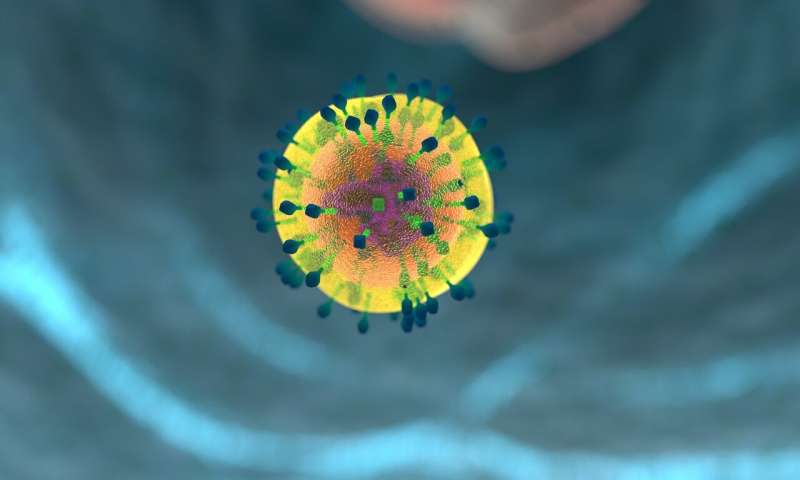
T cell testing using a commercial T cell test, QuantiFERON SARS-CoV-2 RUO, offers insight into the immune response to infection and vaccination of patients with COVID-19 and suggests that age and time from infection are significant factors related to the magnitude of cell-mediated immune (CMI) responses to COVID-19. The findings are presented at ASM Microbe 2022, the annual meeting of the American Society for Microbiology.
Conclusions of the new findings are based on evidence from an observational clinical study involving human subjects conducted from June 2021 to February 2022 in the United States and Netherlands. SARS-CoV-2 T cell tests can provide researchers and clinicians with information about an individual’s ability to fight future COVID-19 infection. QuantiFERON SARS-CoV-2 RUO, a commercial T cell test, detected T cell mediated immune responses in 80% of clinical study subjects who completed COVID-19 vaccination in the previous 24 weeks (6 months).
When evaluating what factors may associate with poor T cell responses observed after vaccination, only increasing age significantly associated with poor T cell response. Time from vaccination, type of vaccine received, or gender were not associated with T cell response. In subjects who had been infected with SARS-CoV-2, QuantiFERON SARS-CoV-2 RUO detected T cell responses in 74% of subjects who had been infected in the previous 24 weeks. The only factor associated with poor T cell responses after infection was time elapsed after infection.
“This study reinforces current knowledge connecting increasing age and time from infection with diminished immunity to SARS-CoV-2, which may, in turn, contribute to greater susceptibility to infection and subsequent disease,” said Robin Uchiyama, Clinical Study Lead, Clinical Affairs at QIAGEN and the lead author on the study. “This work highlights the importance of T cell testing and implementing robust preventative measures against infection, like vaccination, boosters and masking, even after vaccination in older adults or after infection.”
Source: Read Full Article
